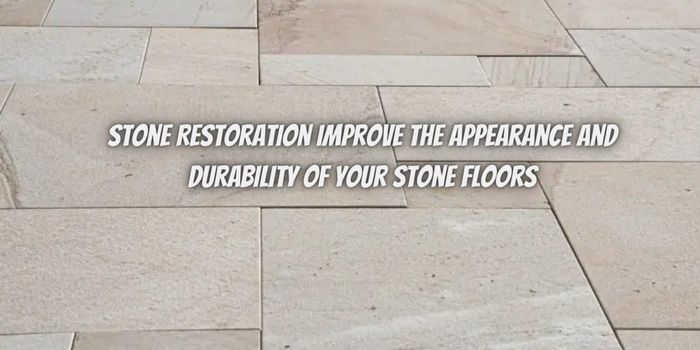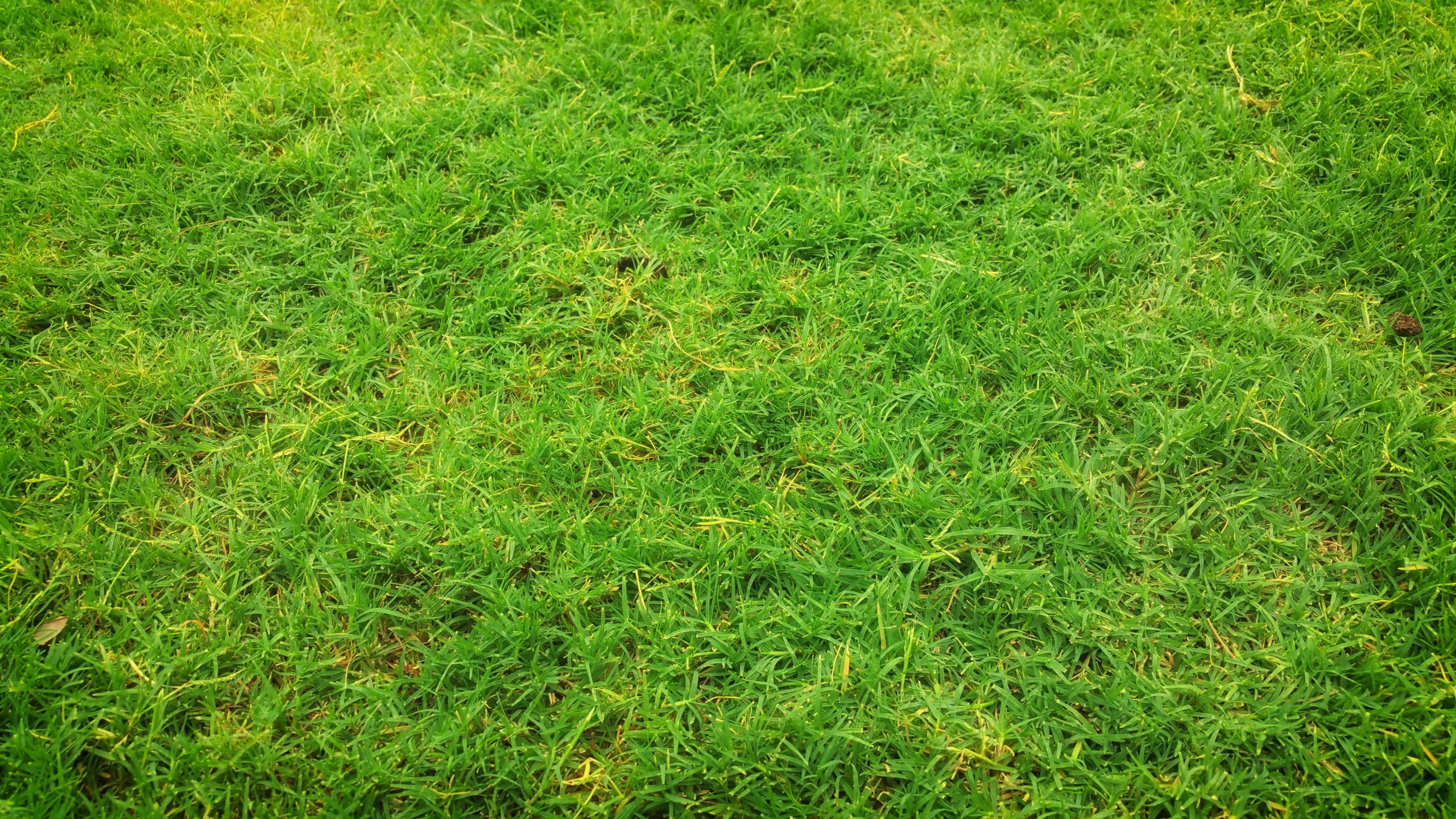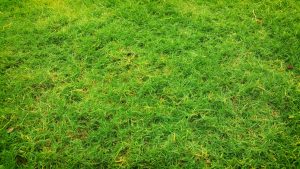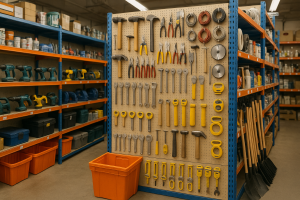How Can Stone Restoration Improve the Appearance and Durability of Your Stone Floors?
Stone floors are a stunning addition to any home or commercial space, especially because they’re known for their elegance and timeless beauty. However, over time, these floors can lose their lustre due to wear and tear, stains, or neglect. Fortunately, stone restoration techniques can restore the stone surface’s appearance, function, and appeal while adding to its lifespan and saving costs on replacements.
If your stone surface is cracked, dull, or showing signs of aging or damage, here’s everything you should know about stone restoration and how it helps.
What is Stone Restoration?
Stone restoration is the process of reversing aging or damage on a stone surface. The process brings back the natural beauty and durability of stone surfaces like marble, granite, limestone, or travertine.
Stone restorations are done by professionals and can often involve repairs, cleaning, and polishing to remove scratches, stains, and other imperfections.
Types of Stone Floors that can be Restored
Stone restoration techniques can be applied to a variety of stone floors, including marble, granite, limestone, travertine, terrazzo, and slate.
The best part is that these restorations can be done for both residential and commercial stone surfaces, guaranteeing more life out of your existing installation.
Signs That Your Stone Floors Need Restoration
It is economical to understand when to choose a restoration service. Find below the signs indicating the need for a stone restoration service.
Dull and Lackluster Appearance: You should contact a professional stone restoration contractor if your stone floors or surfaces have lost their shine and appear dull and lifeless. This problem is often common in areas experiencing normal to heavy foot traffic, frequently used kitchen surfaces, surfaces prone to spills, and improper cleaning after spills and stains.
Scratches, Cracks, or Chips: Visible scratches, cracks, or chips on stone surfaces affect their aesthetics and can make them susceptible to further damage. Speak to a restoration professional as quickly as possible to minimize imperfections.
Deep Stains and Discoloration: Stubborn stains and discolouration caused by spills, concentrated or wrong cleaning products, or chemical reactions can affect your stone surface’s beauty. Professional restoration techniques can eliminate such deep stains and restore the surface to its pristine condition.
Benefits of Stone Restoration
Restores Its Natural Beauty
Stone restoration rejuvenates your floor and surface’s appearance, bringing back their original beauty and elegance. The process, when done right, removes scratches, stains, and dullness, leaving it looking brand new.
Enhances Durability and Longevity
Restoration strengthens and reinforces the stone, making it more resistant to future damage. By repairing cracks, chips, and other flaws, your stone floors will have increased durability and a longer lifespan.
Eliminates Health Risks
Cracked or uneven stone surfaces can pose a safety hazard, causing trips and falls. Additionally, unsealed or poorly maintained stone floors can harbour bacteria and allergens. Restoration eliminates these risks, creating a healthier and safer environment.
Stone Restoration is Cost-Effective
Stone restoration is a cost-effective alternative to complete floor replacement. It allows you to revitalize your stone floors at a fraction of the cost, saving you money while still achieving impressive results.
How Does Stone Restoration Work?
Restoring your stone surfaces is a great way to improve your property’s appearance, value, and functionality. Below are the steps involved in turning your dull, aged, or damaged stone surfaces back to their pristine condition.
Evaluation and Inspection
Your stone restoration company will start by evaluating the problem or damage. They will note the issue and prepare a solid plan to address it. You’ll also get a quote of the service and pricing.
Cleaning and Surface Preparation
Cleaning and surface preparation is the first step before any restoration work begins. The stone floors and surfaces will be thoroughly cleaned to remove dirt, debris, and surface contaminants.
Repairs and Patching
Stone floors with cracks, chips, or other damages will undergo the repair and patching process to cover up imperfections and dents. Your restoration contractor will use specialized materials and techniques to fill in cracks and patch damaged areas, restoring the smoothness and integrity of the surface.
Grinding, Honing, and Polishing
Grinding, honing, and polishing are important processes required to restore your stone surface’s shine and smoothness. The grinding process removes a thin layer of the stone to eliminate imperfections, the honing process achieves a smoother, matte finish, and the polishing process restores the stone’s natural lustre and shine.
Sealing and Protecting
Sealing or coating is done to enhance the durability and longevity of your restored stone surface. The sealant acts as a barrier, preventing stains, moisture, and dirt from penetrating the stone while giving it a lot more years of use and aesthetics.
Tips for Keeping Your Stone Surfaces Glossy
With your stone surface perfectly restored, below are some maintenance tips to keep in mind.
- Regular Cleaning with the right cleaning agents
- Use surface mats and protective pads
- Schedule professional maintenance
Following the tips above will help you save money while restoring your stone’s surface to its pristine condition. Speak to a local contractor for more information.














Post Comment
You must be logged in to post a comment.